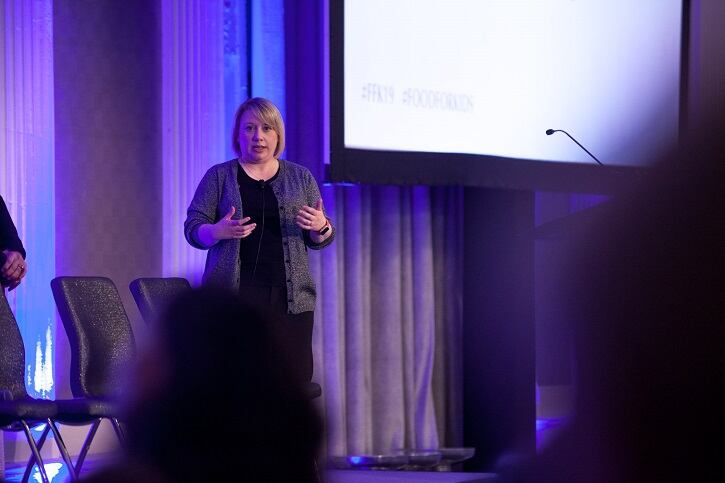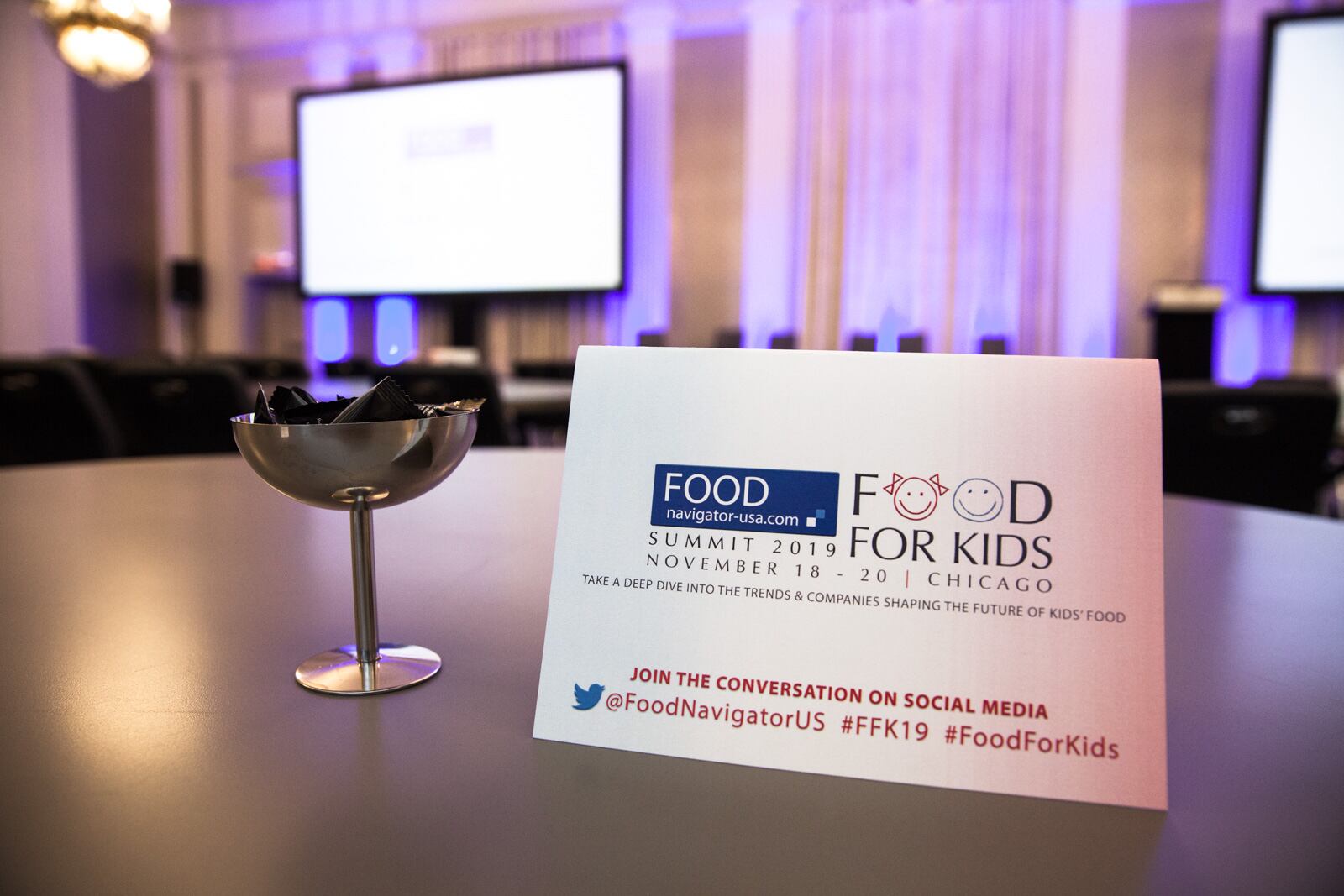At small startups, this may take the form of an entrepreneur sharing samples with friends and family and making adjustments based on their feedback, but at larger, more well-established brands, the job falls to highly trained professionals, such as Emily Kimmins, a senior technician at Kraft Heinz sensory testing lab, who leverages a diverse toolbox to help develop and refurbish products that consumers love and are worthy of iconic brand status.
To learn more about how sensory testing professionals track changing consumer preferences in the food industry, FoodNavigator-USA (FNU) sat down with Kimmins to discuss the ins-and-outs of her job and how Kraft Heinz approaches taste-testing. In the following Q&A, which has been edited for length and clarity, Kimmins shares strategies for navigating “all the messiness and fun of humans beings as test subjects,” as well as how to translate emerging trends and shifting preferences into viable and successful products.
FNU: What inspired you to become a sensory tester and what does your job involve?
EK: “When I went to college, I was very interested in science … and I wanted a lab coat and I liked pipettes … but the sensory and consumer science side is very different from biology and chemistry. It is much closer to psychology because you use humans as your test subject and you want to know what motivates them when they make decisions. So, not just the physical, biological standpoint of what they like and don’t like and how they react to different tastes and smells, but also why.
… We work with consumer testing vendors to find different consumers who are willing to give us their opinions on products. So, we ask our partners, for example, to find children who eat Lunchables at least once a week in their school lunches and who are aged 6 to 12 years. Then their parents bring them in and we give them different ideas and products and they give us their honest responses back.
… We are really the translator between consumers saying, I want something fun and delicious into what does that really mean for a product developer or the end product. What does delicious mean to a 6-year-old? What does fun mean? And how do we put those together in one product? To answer these, we really are involved from the very beginning of a project all the way through to the finished product gets on shelf, and even then we work with our feedback teams so if consumers are having issues with the product in the market we can understand what is happening with the product in the market that is different from the product that was designed.
FNU: What is the biggest challenge you face in sensory testing?
EK:“Our biggest challenge is usually around the speed of the projects. Everyone wants to develop faster and get their ideas to market as fast possible and we are always challengds to give enough information back to the product teams within the timeline to make sure we are developing the right product the first time. So, we try to get enough of the questions and assumptions at the beginning of the project so we can really develop the right product the first time.
[Another challenge] is consumers don’t always eat food products in little tasting booths or in sensory testing facilities. Normally they eat them at their dinner table with family or they eat them at work with colleagues or at school. And context matters. It impacts how you perceive a food or beverage. So, it is important to understand that if we cannot test in context, we are potentially getting a different response.
FNU: How do you address this challenge?
EK: “The key is always understanding the objective of the test and what we are trying to learn. Once we know that, we can choose from the different tools at our disposal. For example, if we want to know if there is a noticeable difference between a control and test product, we can do that in a sensory booth. In fact, we want to do it in a more controlled setting because we don’t want other variables to get in the way.
But if the context is important, we sometimes use home tests where we are able to send products home with people and they can use them the way they normally would and fill out a survey online. That gives a better picture of the entire experience and not just one sip or one bite.
FNU: Recognizing that there are different tests and that they yield different results, what are some of the trends that you are seeing across the different types of interactions? What do consumers want?
EK: “It is constantly changing, which is good job security for consumer sensory scientists because you always have to ask the question again and the answer depends on the brand and product and what else is going on in the world around us. So, the things that were important to consumers 10 years ago and what they liked and didn’t like then is not relevant today. Sure, some things are pretty consistent, like people like sweet things, but in general what people consider tasty today is different from a decade ago.
One of the more interesting trends that we are testing is the plant-based trend, which is interesting because consumers’ motivations for why they want plant-based really influences what they will like. … For example, there are at least two very different consumers when it comes to plant-based. There are those who are perfectly happy with plants and want their vegetables to taste like vegetables and you don’t have to hide them, and they have a very different expectation from the consumer who is looking for meat or cheese alternatives and wants them to taste like meat and cheese [from animals].
So, when testing plant-based products, it is important to know which consumer you are developing for and what their expectations are. And then you need to give them a broad range of products because they can only react to what they are given. If you are only given a pink sheet of paper and asked what is your favorite color you are going to say either I like pink or I don’t like pink, but you don’t have room to talk about other colors. The same is true of testing products. But giving a wide variety of samples, you can help consumers articulate what they like and don’t like and really develop a better understanding of those attributes.
FNU: Beyond plant-based, what other consumer taste preferences are you tracking or expect to see in 2020 and beyond?
EK: “When I look at 2020 and beyond, I think there is always a focus on convenience, there is always a focus on flavor and those things aren’t going to go away. But within that, I think there is still a big drive for experimenting. So, people are still really open to global flavors and spices and trying new things.
Health and wellness is another trend that is not going away and it is driving interest in clean labels and healthy, nutritious food but in a way that is convenient and affordable for them.
The other thing that I am seeing a lot of interest in … is new kids’ products and new innovations geared towards getting kids more involved in food and not just eating a strawberry or chicken nugget, but creating something that is designed for their level of exploration.




